Forest Recipes for the Adventurous
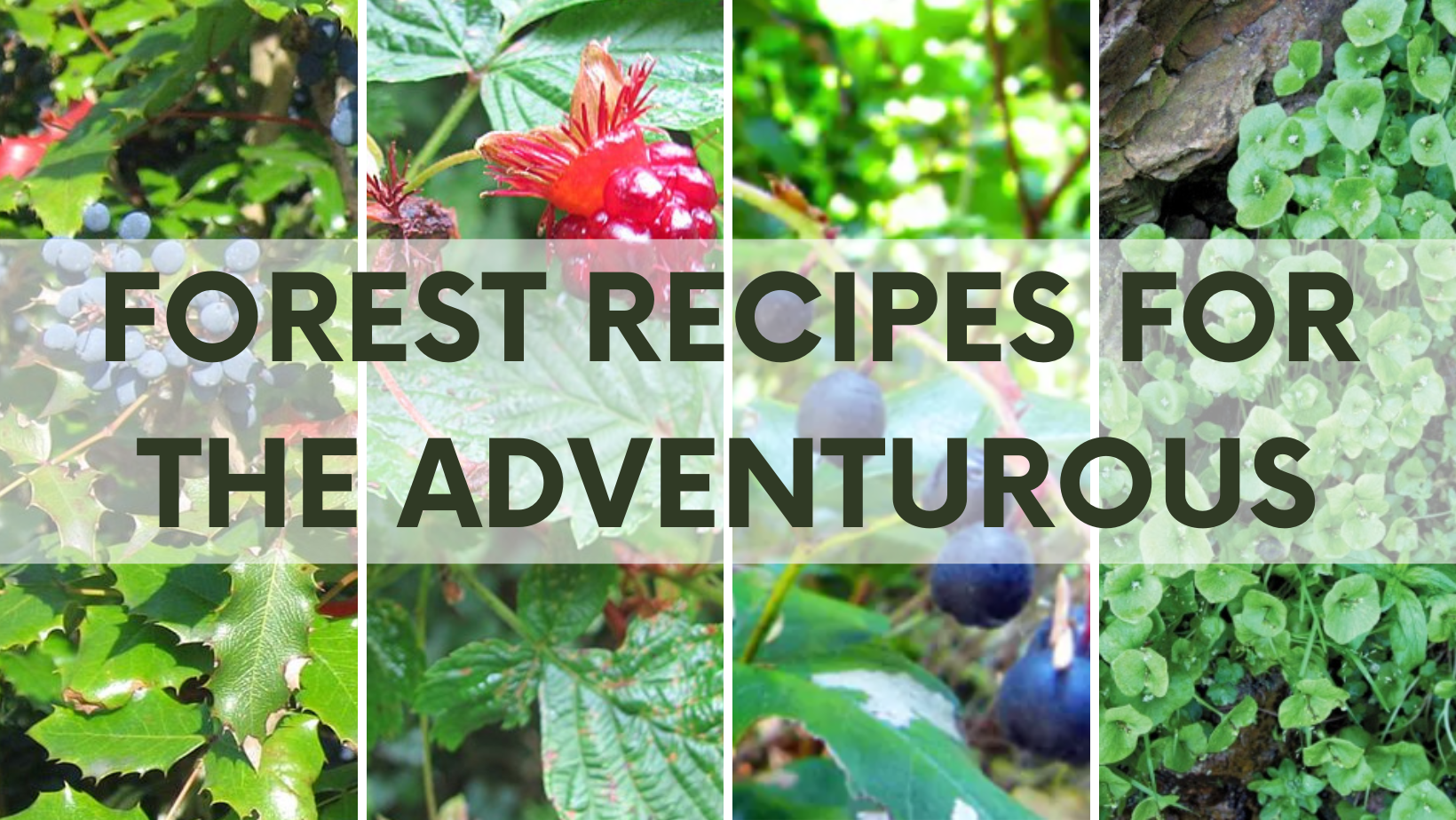
You’ve probably heard of stinging nettle tea — how about stinging nettle pesto? Japanese knotweed hummus?
These recipes draw from the bounty found in Pacific Northwest forests – both wild and urban lands. Some were offered up or inspired by NNRG members, others collected from the near and far corners of the internet. Where it is safe and legal to forage your own ingredients from a forest or a backyard, we recommend doing so for the freshest taste. Otherwise, put a pin in these recipes for later this year when you can do some foraging at your local farmer’s market.
And remember, always be sure of your plant identification before eating wild foods.
Mini Pavlovas with Salmonberries, Basil, and Honey Whipped Cream
Salmonberries are a delicious cornerstone of many understory forests in the Spring, here in the Pacific Northwest. The tart berries tastes lovely on a bed of sweet honey whipped cream and chewy pavlovas.
Douglas-fir Infused Gin/Vodka
According to this recipe, “Most any conifer needle can be used, though, as the majority of them are edible. Try it with pine, spruce, fir, or hemlock (the evergreen tree, not the poisonous plant). The only one you really need to steer clear of is the toxic yew tree.”
White Clover Iced Tea
White clover is almost ubiquitous in lawns and backyards, but most people don’t know that it’s both edible and medicinal. One of the most simple and delicious ways to use the sweet smelling blossoms is to make a white clover iced tea!
Ricotta Crostini with Sautéed Nettles
Now – early Spring – is the time to start harvesting stinging nettles. Learn how to forage for these stinging plants safely in this video! These tasty greens have an earthy, nutty flavor and are healthier than broccoli. This recipe from Chowhound pairs them with ricotta, olive oil, and fresh toasted bread.
Oregon Grape Jelly
Jelly made from the state flower of Oregon – isn’t that something to impress your friends? Low Oregon Grape and Tall Oregon Grape are found mostly west of the Cascade range. The plant displays clusters of yellow flowers in early Spring, to be replaced by blue/purple berries later on. The berries are edible but very tart – best turned into jelly or jam, as this recipe describes!
Purslane Börek/Byrek
Purslane is a trailing herbaceous annual that is often found thriving in disturbed areas like fields and roadsides. It grows in poor to average, dry to moist soils in full sun. Be sure not to confuse it with the poisonous Hairy-Stemmed Spurge! One of the most creative purslane recipes we found was for pursland börek. Börek is an eastern European savory pastry, usually filled with various herbs, cheeses, or meats.
Salal Berry Jam with Rosemary
Salal is harvested for its edible berries and medicinal leaves. The berries are ripe during late summer when they are deep blue, plump and tasty. They can be used raw, cooked, or dried, and can be used like other berries in preserves, pies, drinks, and fruit leather. This recipes pairs the tart berries with savory rosemary for a rich, deep jam.
Dandelion Beer
Dandelion beer may sound like a strange new invention, but it’s actually been around for some time! In fact, some well-known beer companies, including New Belgium, have put out dandelion beer varieties in the past. This recipe, which comes from Mother Earth News, produces a refreshing springtime drink.
Salmonberry Vinaigrette
This simple recipe uses only a handful of Salmonberries. Salmonberry fruits and shoots are edible and highly nutritious. Their shoots are edible in the early spring and only available for a few weeks when they are tender and juicy. They have a bright tart and astringent taste. The juicy berries are ripe April through June.
Stinging Nettle Pesto
This recipe comes from Wolf Camp and the Conservation College. It includes step-by-step instructions for harvesting and processing stinging nettle as well as making a delicious, nutritious pesto.
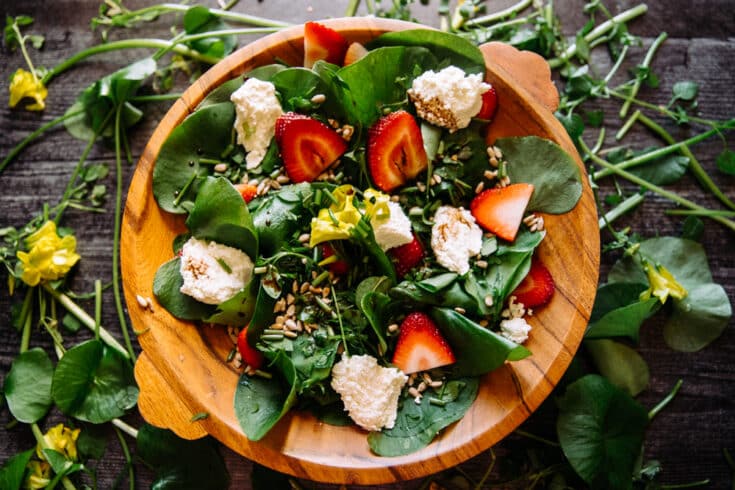
Miner’s Lettuce Salad
This foraged salad is tangy, sweet, creamy and a little nutty. It’s perfect on its own, but you could grill up some chicken or salmon and pair with wine for a whole dinner.
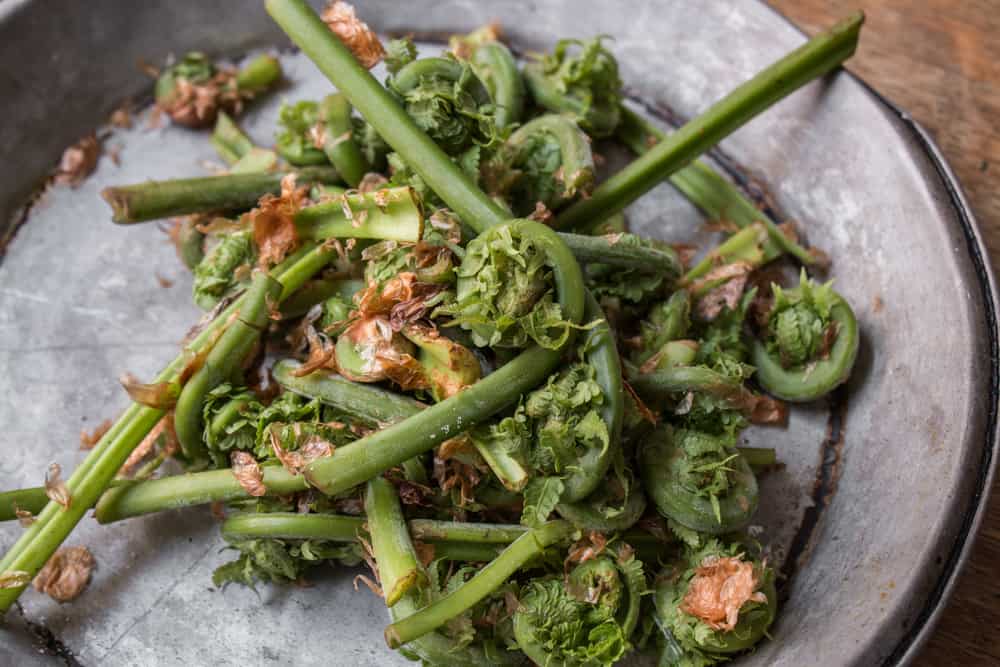
Crunchy Pickled Fiddlehead Ferns
The look kind of like snails, and they crunch when pickled! Fiddleheads are young unfurled ferns with a distinctly wild flavor. Some say they taste like a cross between asparagus and artichokes.
Japanese Knotweed Hummus
It’s the curse of land managers across the country. But what better vengeance than to make hummus out of this seriously invasive weed? Every bite helps improve the health of watersheds as well as a good source of antioxidants to reduce inflammation.
Dandelion Banana Bread
Dandelions are just beginning to spring up in yards, sidewalks and forests. Dandelion leaves, roots, and flowers are medicinal and edible. This recipe is essentially one for banana bread with dandelion petals mixed in. But your guests will nevertheless be impressed by your adventurous tastes!
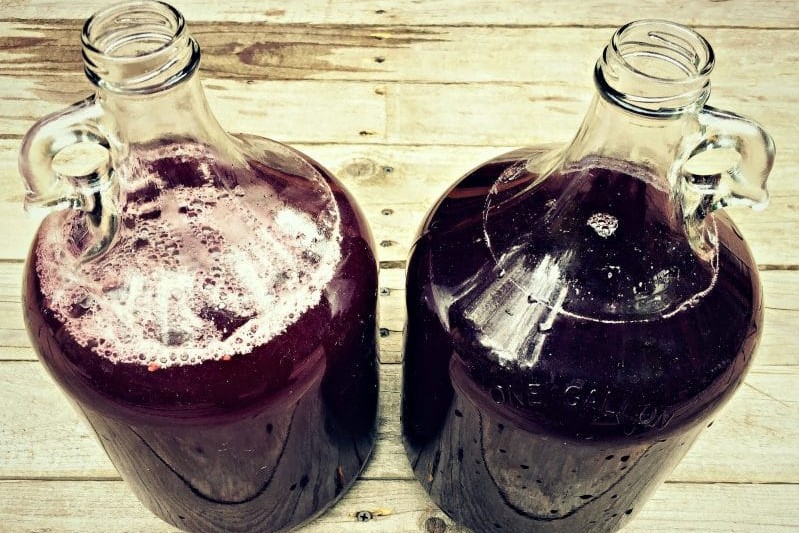
Elderberry Mead
Blue Elderberry is a delicious and nutritious berry with antioxidant and antiviral properties enjoyed in jams or syrups. Give it a little time and it also makes a fine wine or mead. The shrubs grow on sunny forest-edges with moist soils and are common along stream banks. Berries are best harvested in late summer or early autumn.

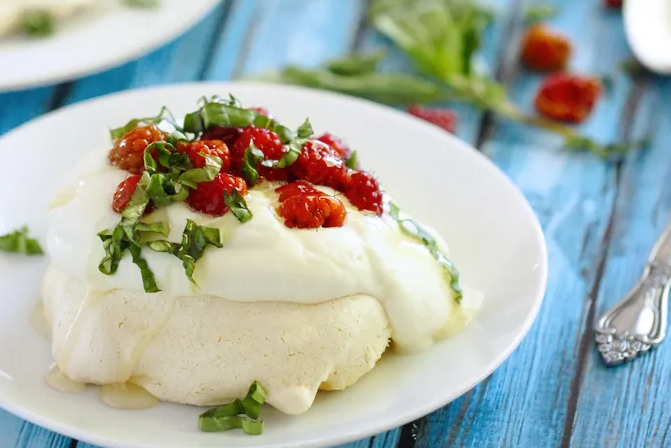
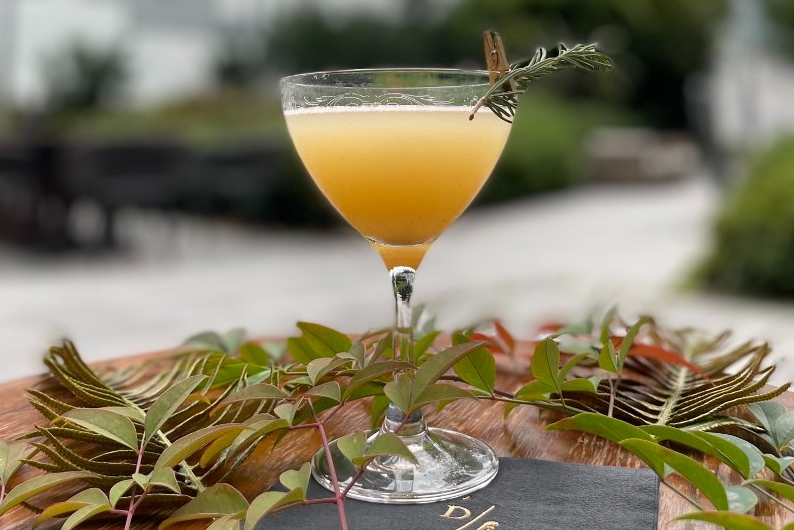
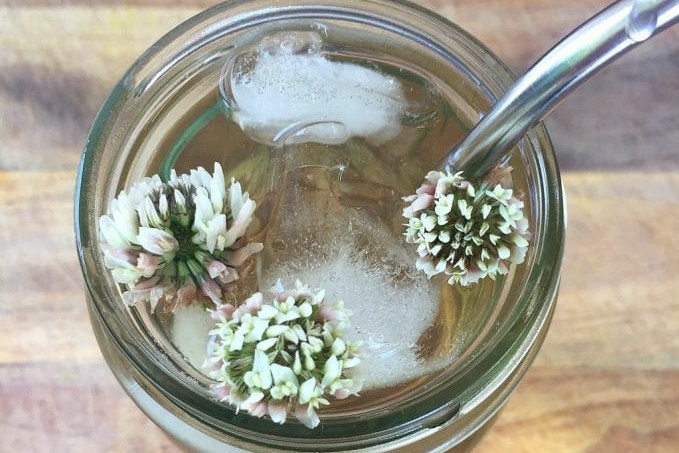
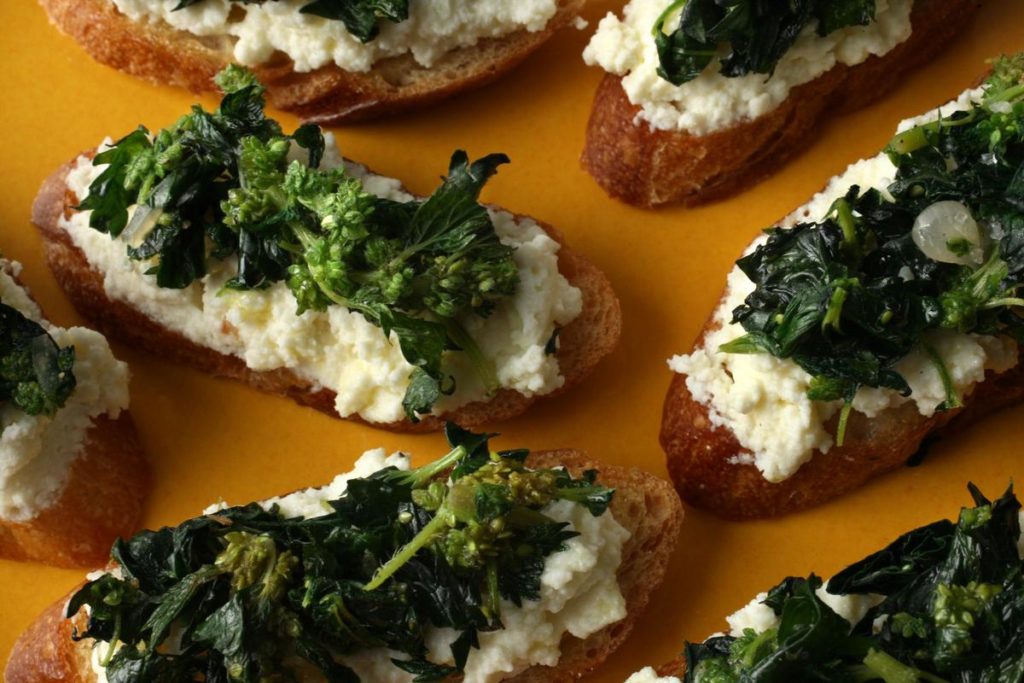
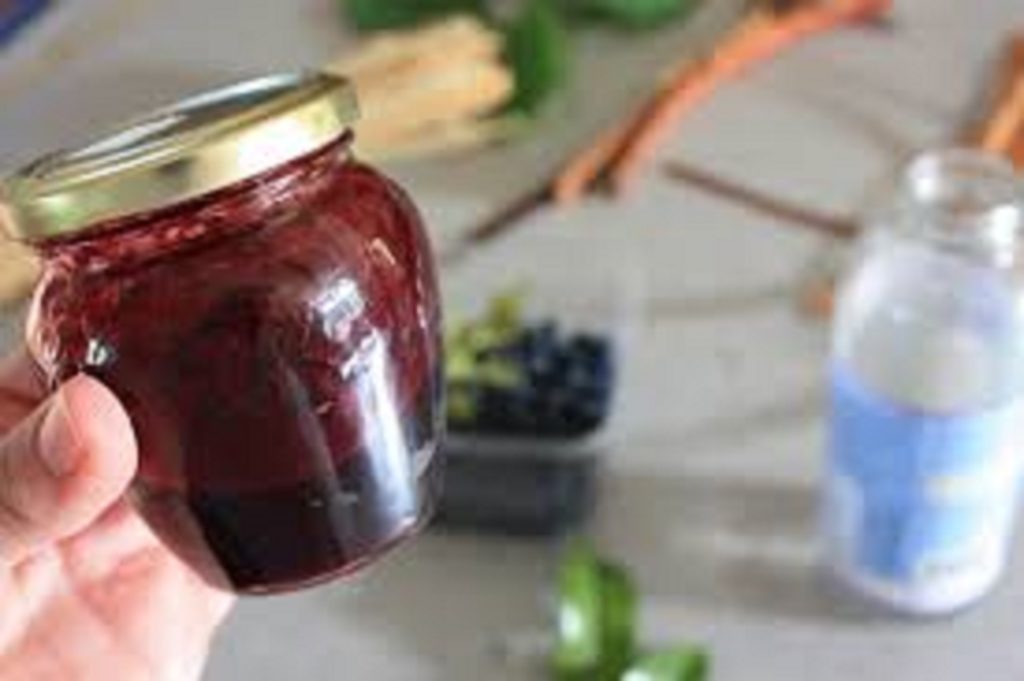
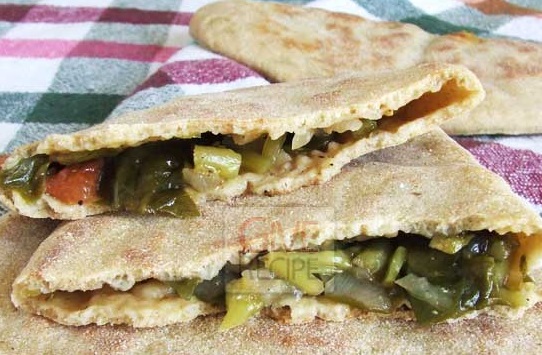
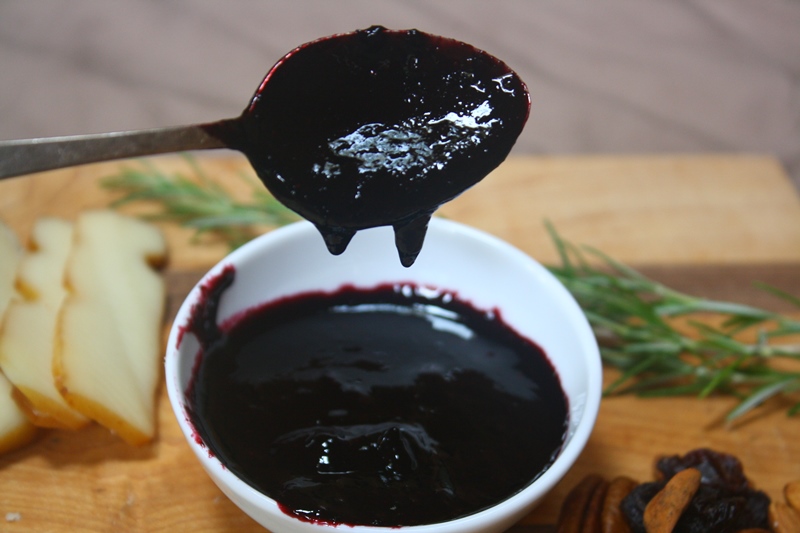
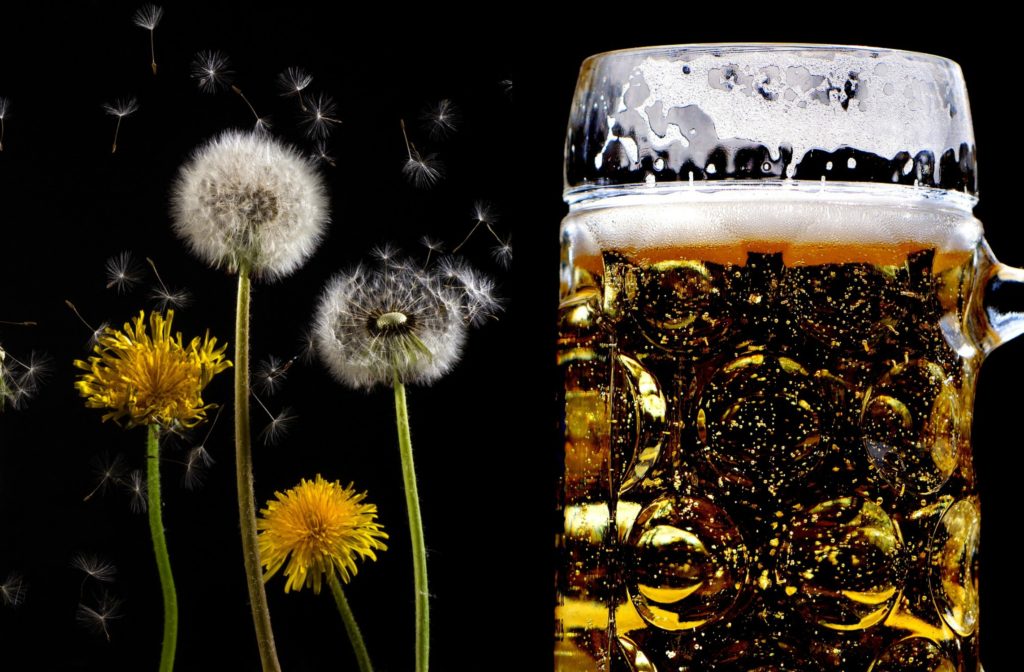
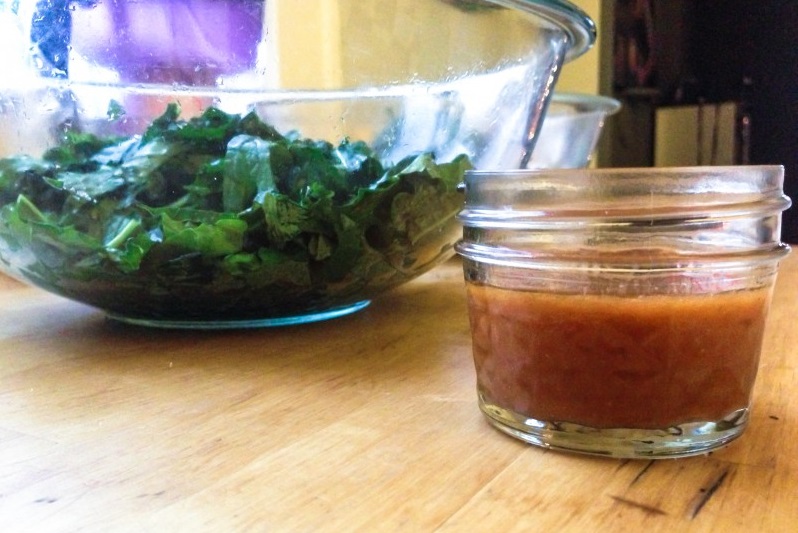
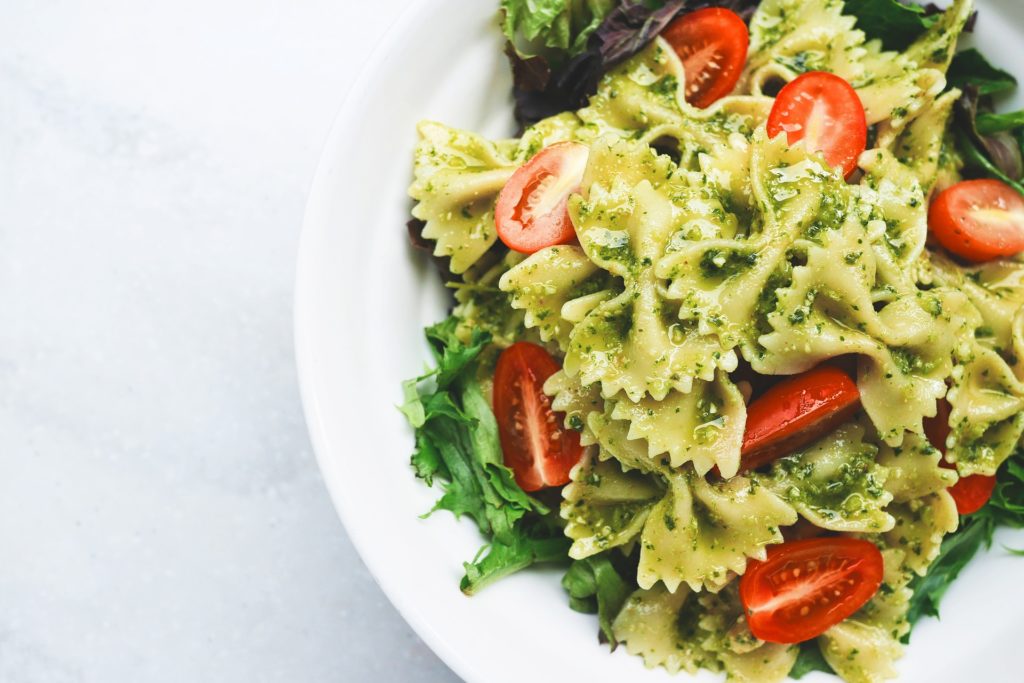
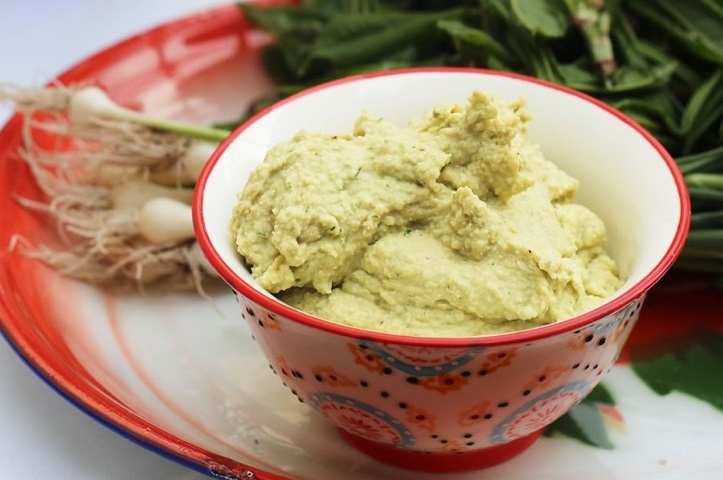
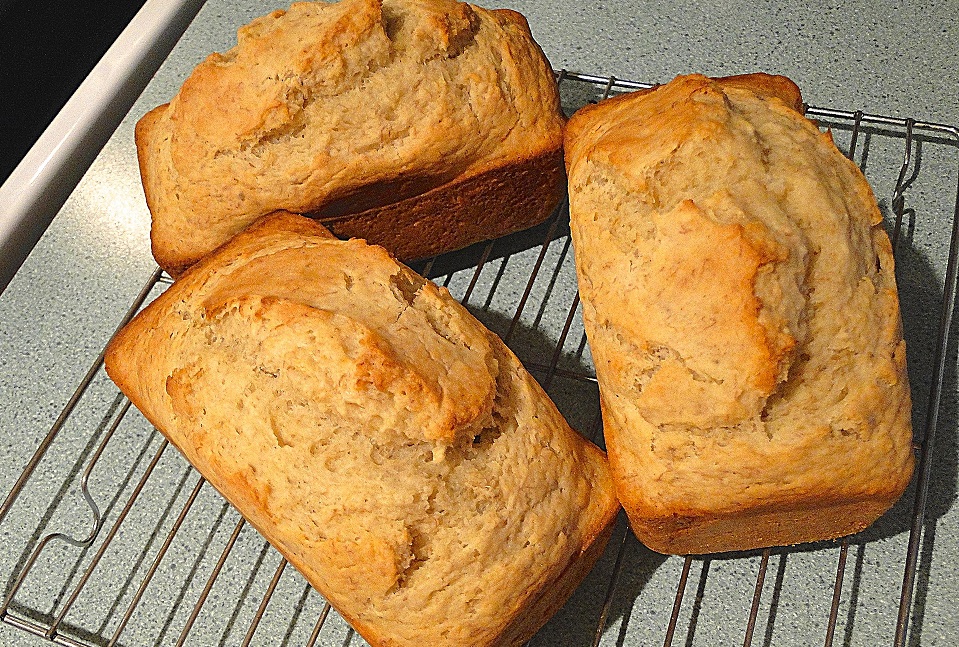
One Comment
Thank you for these wonderful recipes and the photographs also…very inspiring!